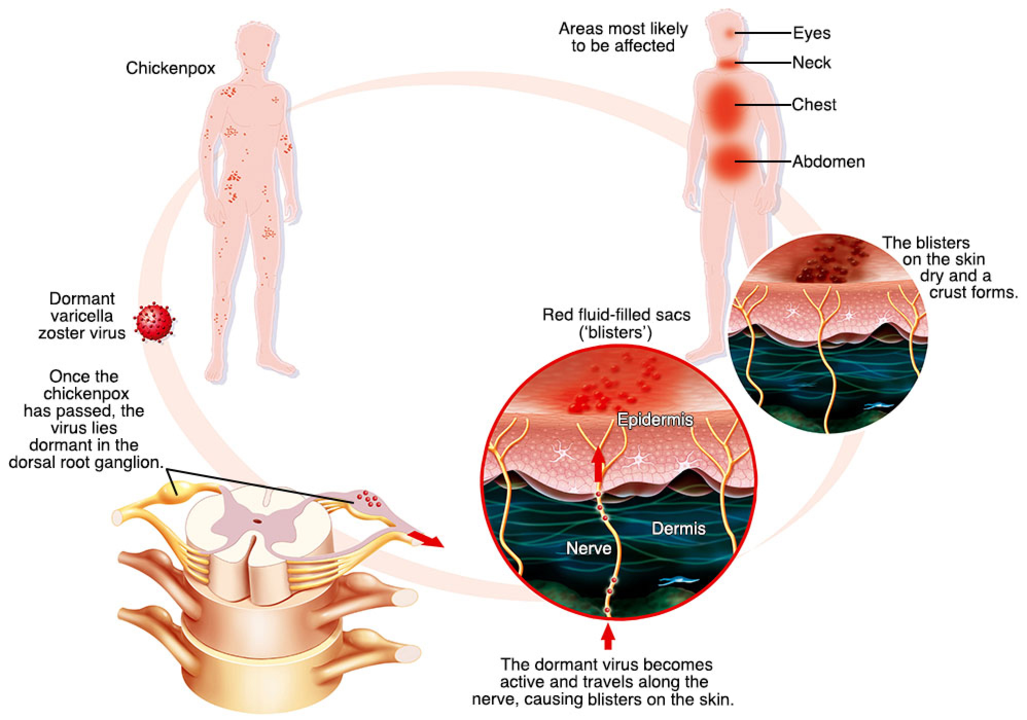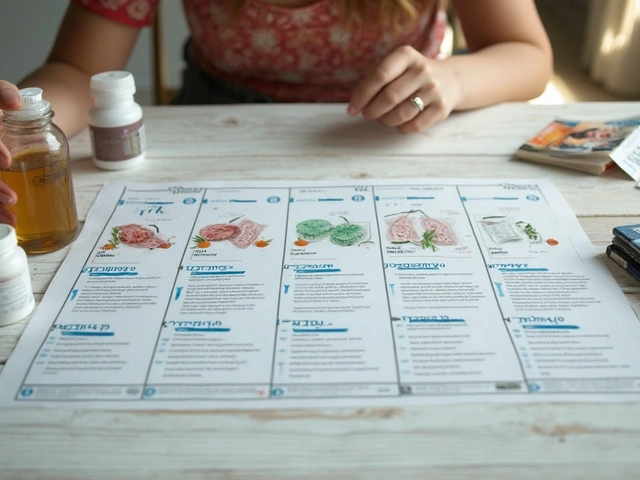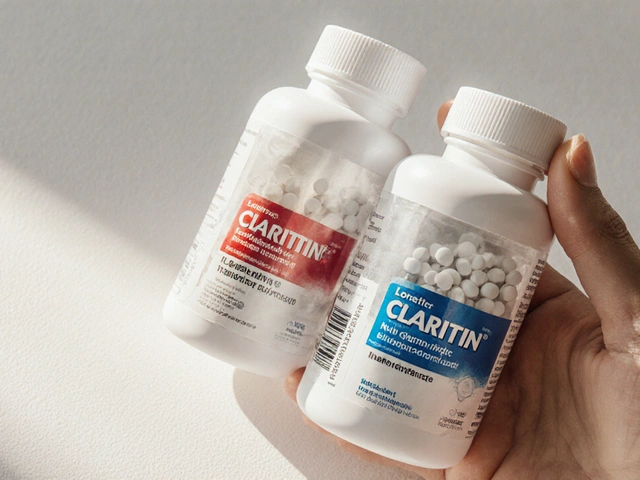Complications: How to spot, prevent and manage medical risks
Complications are the unexpected problems that make an illness harder to treat. They can come from the disease itself, from a drug interaction, or from gaps in care. This tag page groups short, practical articles that help you recognize danger signs, reduce risks, and know when to get help.
Spot danger early
Watch for sudden changes in how you feel. New shortness of breath, severe dizziness, heavy bleeding, high fever, sudden swelling, or confusion are reasons to call a clinician or go to urgent care. For people on blood thinners like warfarin (Coumadin), even minor injuries or unusual bruising deserve attention because lab values can shift quickly.
Medication interactions often look subtle at first: increased drowsiness, stomach upset, or a change in heart rate. If you start a new prescription, track symptoms for the first two weeks and ask your pharmacist whether any of your current drugs or supplements interact with it.
Practical ways to reduce risk and manage problems
Keep a single, up-to-date list of every med, dose, and supplement you use. Share that list with every provider and pharmacist. This simple step prevents many drug-related complications, from electrolyte shifts caused by alcohol to dangerous interactions with antibiotics or antidepressants.
Follow monitoring plans. Some meds need blood tests or dose checks — for example, anticoagulants need regular INR tests and diabetes drugs may require glucose checks. If a test is overdue, call your clinic; delaying monitoring can let problems grow silently.
Stay hydrated and mind electrolytes. Dehydration can worsen side effects and tip the balance toward complications, especially with alcohol or diuretics. Small actions — sipping water, avoiding excess alcohol, and replacing lost salts after heavy sweating or vomiting — help a lot.
When infections are involved, use antibiotics responsibly. Don’t skip doses, and finish the course only when a clinician advises. Overuse or misuse fuels resistance and can leave you with harder-to-treat infections.
For pregnancy or chronic conditions, get care early and often. Flu during pregnancy, for example, raises risks for both mom and baby — timely vaccination and prompt treatment lower those risks. If you notice changes in fetal movement, bleeding, or severe nausea, contact your care team right away.
Know when to escalate. If home measures don’t help within 24–48 hours, or if a problem is getting worse, call your provider. Ask for clear next steps: more tests, a medication change, or urgent evaluation. A short call can prevent a long hospital stay.
Browse related posts here to learn specifics: read about anticoagulant safety, alcohol-related electrolyte problems, pregnancy and influenza, or how dental health links to chronic conditions. Each article gives focused tips you can use with your care team.
Complications don’t have to be scary if you act fast, stay informed, and keep your healthcare team in the loop. If something feels off, speak up — that’s often the fastest way to stop a small issue from becoming a big one.
Georgea Michelle, May, 12 2023
Shingles and Your Liver: What You Need to Know
As a blogger who cares about health, I recently came across some important information about shingles and its connection to our liver. Shingles, a painful skin rash caused by the varicella-zoster virus, can actually impact liver function in some cases. It's crucial to be aware of this connection, as maintaining a healthy liver is essential for our overall well-being. If you experience shingles, it's important to keep an eye on any potential liver-related symptoms and consult your doctor if you have concerns. By staying informed, we can take better care of our bodies and work towards a healthier future.
View More





